Marvel currently has a very strong slate of games waiting in the wings. Marvel Rivals is finally set to launch on December 6, Skydance’s Marvel 1943: Rise of Hydra is due out sometime next year, EA has both an Iron Man and Black Panther project in the works, Insomniac is still working on Marvel’s Wolverine, and Arkane is developing Marvel’s Blade.
Aside from Marvel Rivals and Marvel 1943, the rest of Marvel’s slate doesn’t have confirmed launch dates just yet, though there have been some leaks, rumors, and predictions regarding potential release windows. Being announced all the way back in September 2021, it would make sense for Marvel’s Wolverine to launch first. If that ends up happening, then Marvel’s Blade might want to keep a close eye on how Insomniac handles one specific ability.
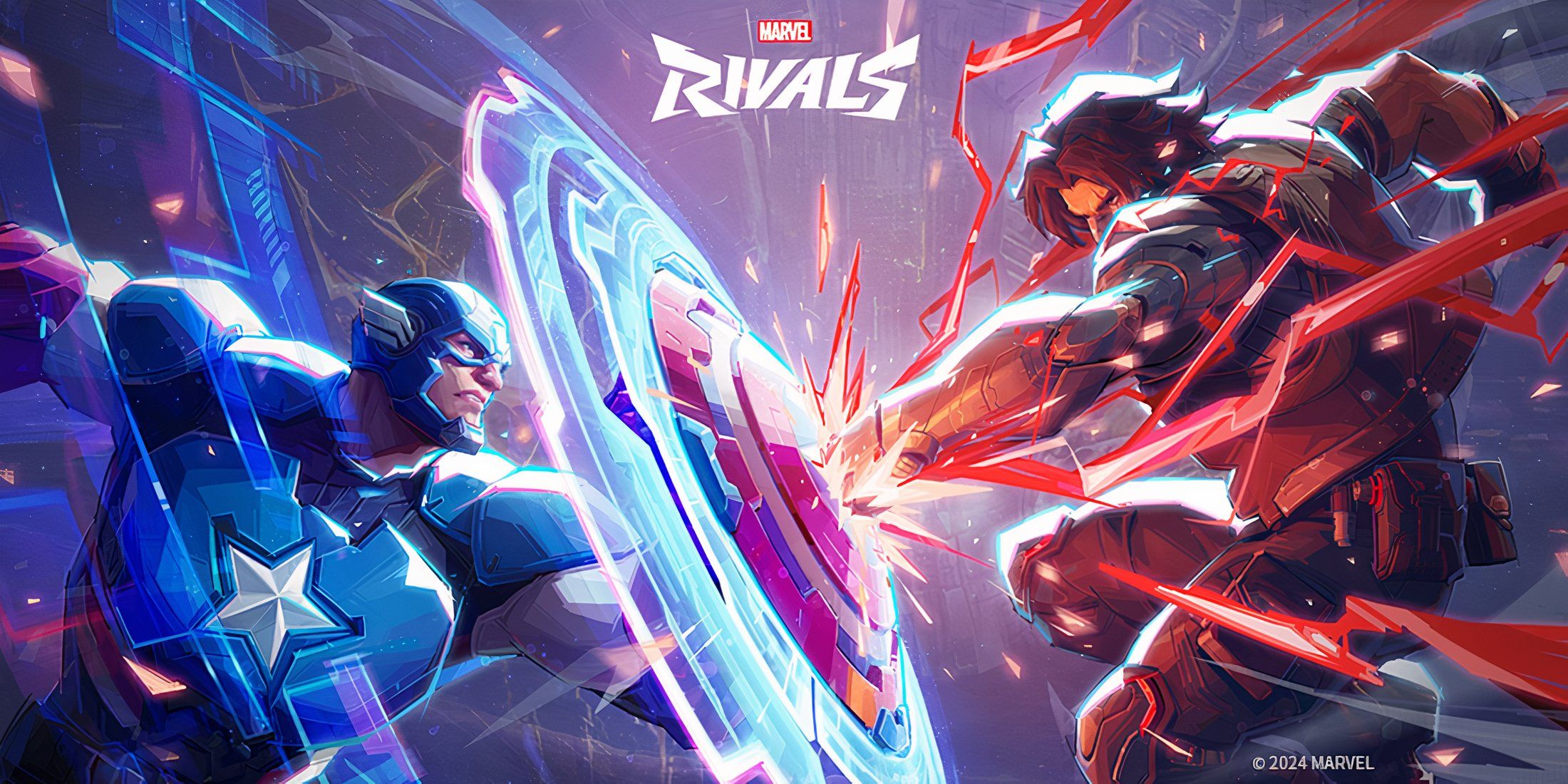
Related
Marvel Rivals’ Fortnite Crossover Explained
Alongside crossovers with other first-party Marvel Games, Marvel Rivals’ fourth collaboration will be with Fortnite.
Marvel’s Blade Might Want to Learn From Wolverine’s Regeneration Mechanics
Comparing Blade’s Healing Factor to Wolverine’s
Alongside his iconic Adamantium claws, Wolverine’s most famous ability is his powerful Regenerative Healing Factor. Exceptionally useful, Wolverine’s mutant Healing Factor allows him to regenerate any damaged tissue in his body. Gunshots, stab wounds, cuts, and burns can all be healed in a matter of minutes, while more fatal wounds take slightly longer.
Over the last few decades, Wolverine’s Healing Factor has become increasingly more powerful, with some more extreme examples in the comics seeing the hero regenerate missing eyes, survive a nuclear bomb, and even cure himself of vampirism. Speaking of which, Marvel’s beloved Daywalker, Blade, has his own Healing Factor, though it isn’t quite as powerful as Wolverine’s.
Though Wolverine’s Healing Factor is hindered by his poison-secreting Adamantium skeleton, it’s still extremely powerful. Blade’s Healing Factor, on the other hand, is severely weakened by his choice to not feast on human blood, but instead use an artificial serum to quench his thirst. While the serum allows Blade to heal from minor wounds, fatal blows require the use of human blood.
A Healing Factor Is a Tricky Mechanic to Get Right
Superhuman abilities are always tricky to get right in the world of video games. Developers need to strike the perfect balance between abilities being powerful enough to feel satisfying, but not overpowered to the point where the game lacks any challenge. That’s especially the case for an ability like Wolverine and Blade’s Healing Factor.
If a Wolverine or Blade game wants to remain authentic to the comic source material, then it should theoretically allow its heroes to heal from just about any wound enemy NPCs can inflict. But in following the source material to a tee, these games would risk making the player-character unstoppable, thus removing any challenge and likely limiting the player’s long-term engagement with the gameplay.
In past Wolverine titles, developers have tried to achieve this tricky balance in a few different ways. 2003’s X2: Wolverine’s Revenge only allowed players to use Logan’s Healing Factor when they retracted his claws, thus encouraging players to still play carefully during combat sequences. 2009’s X-Men Origins: Wolverine went for a similar, but slightly different approach with its own Healing Factor, letting players regenerate passively out of combat but also gain health orbs from fallen foes. Origins also featured two health bars, functioning similarly to Halo: Combat Evolved‘s shields and health system.
X-Men Origins: Wolverine
features some wonderfully grotesque battle-damage effects, showing Logan’s muscle and bone if he’s wounded enough.
Marvel’s Blade Should Keep a Careful Eye on Insomniac’s Wolverine
It seems likely that Marvel’s Wolverine will take the foundations from games like X2: Wolverine’s Revenge and X-Men Origins: Wolverine and build upon them for its own regenerative health system. Regardless, Marvel’s Blade should keep an eye on Wolverine‘s Healing Factor mechanic when the game releases, and use it to inform the final touches of its own regeneration feature.
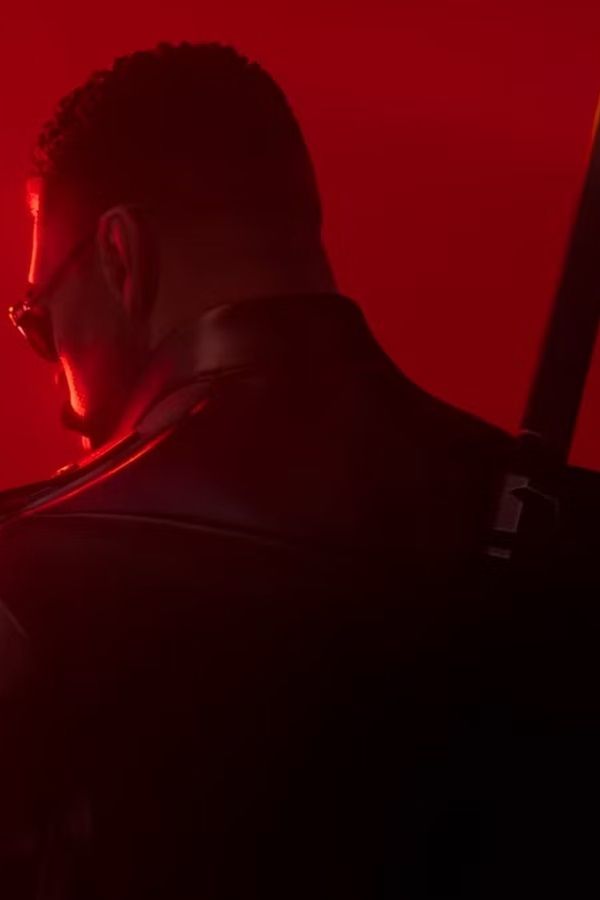
Marvel’s Blade is in development at Arkane Lyon, which developed Deathloop and Dishonored. It is a mature single-player third-person adventure game set in Paris, where players take on the role of the titular and beloved comic book hero.
- Franchise
- Marvel
- Publisher(s)
- Bethesda Softworks
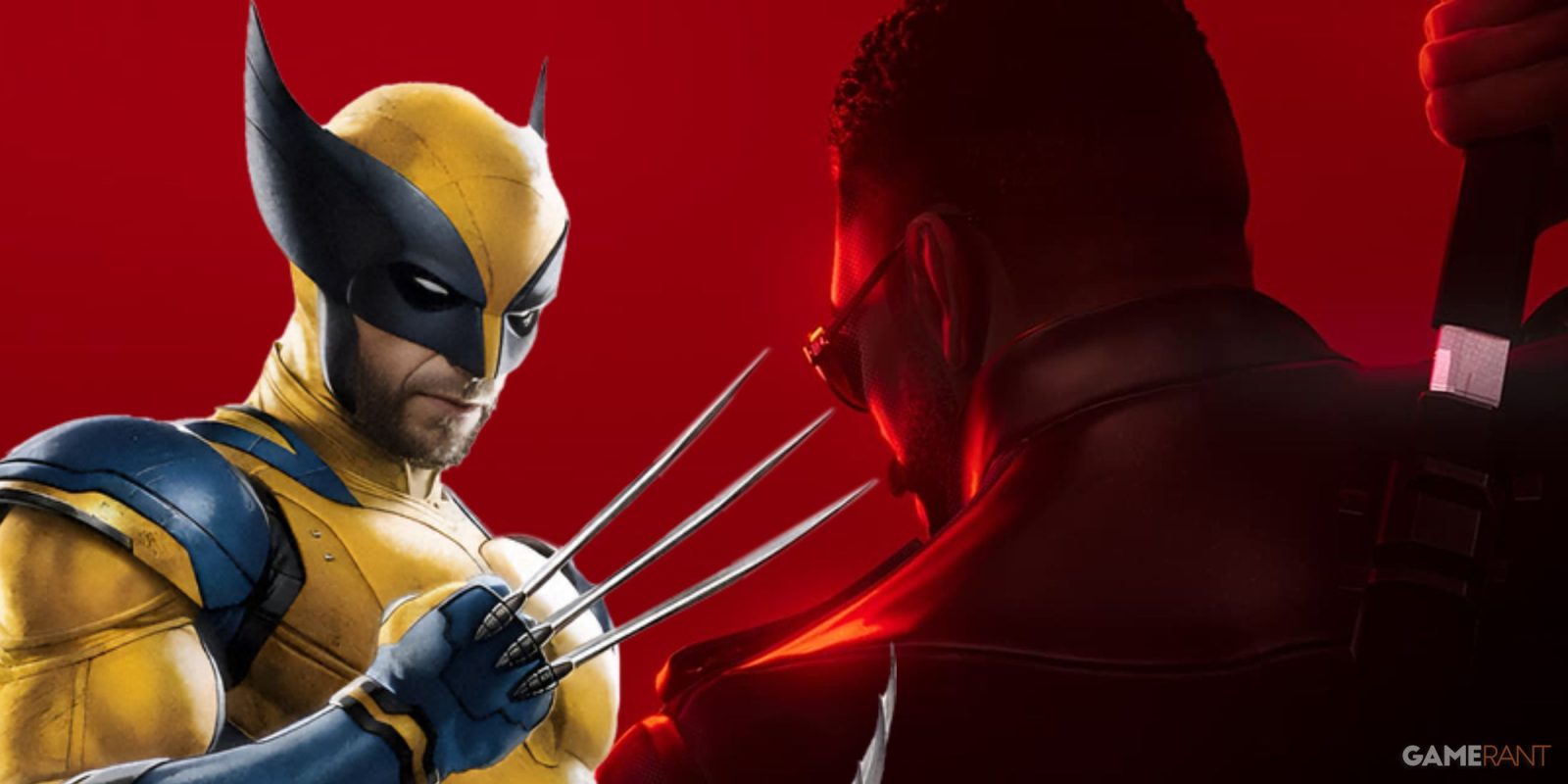
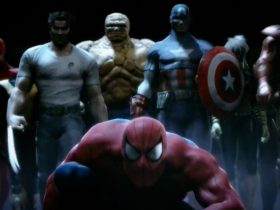

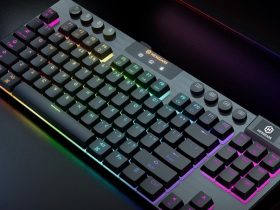
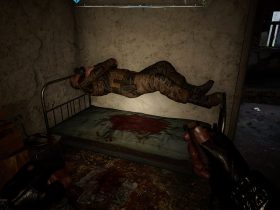
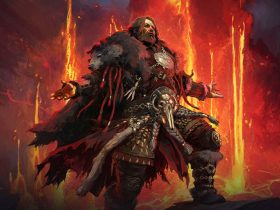
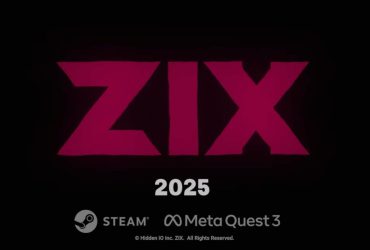




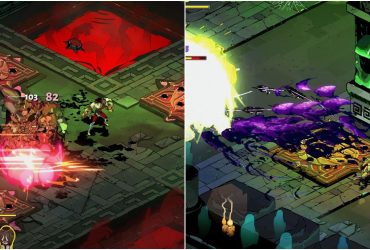
Leave a Reply